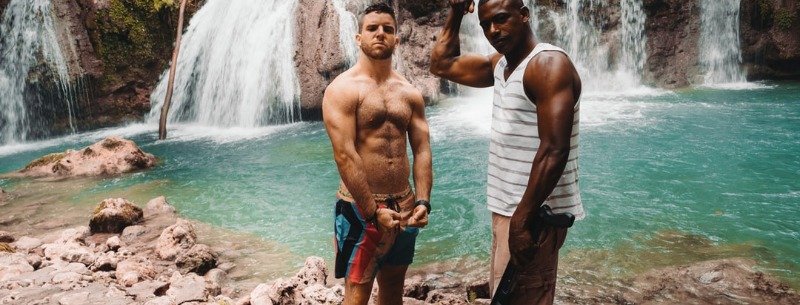The Dominican Republic is a beautiful Latin American nation situated near the archipelago of the Greater Antilles on the island of Hispaniola on the Caribbean Island. The Dominican Republic shares its border with Haiti and enjoys a rich culture filled with influences by its neighbors in the Caribbean. It is said that the culture of this country is a mixture of African, Tainos and European traditions. Spanish or Castilian is the official language but most citizens also speak English. Overall the Dominican Republic is a very interesting nation with a rich culture, history and tradition every traveler would surely appreciate.
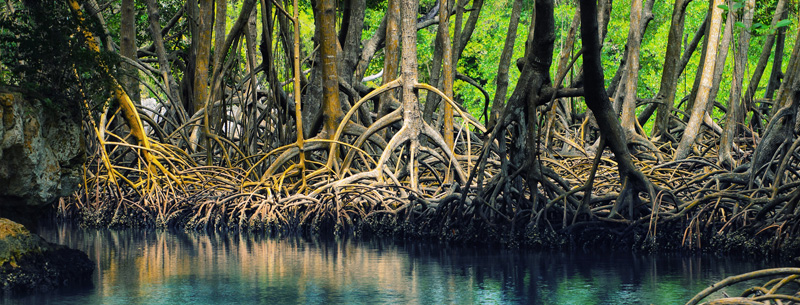
Jarabacoa Travel Guide
One of the three inland cities of the Dominican Republic is the city of Jarabacoa. It is an area of the island situated between the cities of Santiago and Constanza. Jarabaco is recognized as the heart of the Dominican Republic. Jarabacoa is also a municipality located in the province of La Vega. There are at least fifty-seven inhabitants living in Jarabacoa. This is a fact according to the census conducted in the year 2002. All year round, tourists and locals may enjoy the tropical weather of Jarabacoa. Typically, the temperature of the city ranges from seventy degrees up to ninety degrees Fahrenheit, which does not change all throughout the year.
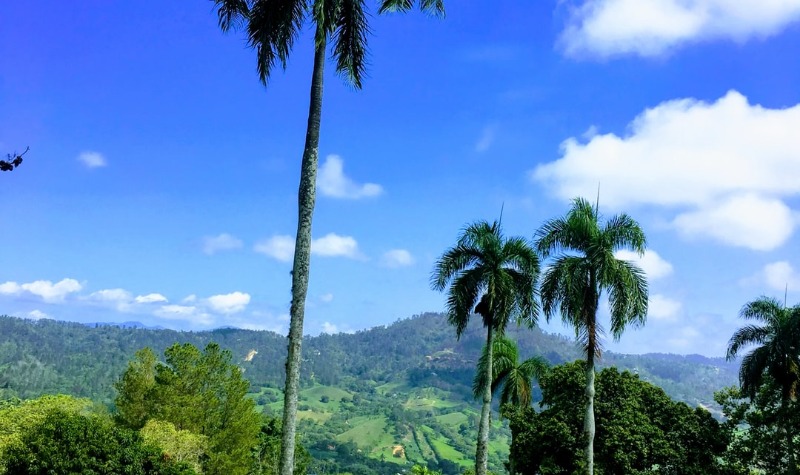
Jarabacoa used to be an exclusive spot for rich people alone. But it was not long before many nature lovers and explorers soon found out about the magnificence of Jarabacoa. Because of the clear and cold mountain springs here in Jarabacoa, professional writers from travel magazines as well as fascinated visitors called it the City of Everlasting Spring. The booming ecotourism is one of the main sources of income in the city. Also known as the Dominican Alps, hikers are fond of walking in the trails of Jarabacoa as they get captivated with all the postcard-like views of the city.
In the whole Caribbean, Jarabacoa is recognized as the tallest range. Locals also see Jarabacoa and its neighboring city, Constanza, like the diamonds in the crown located at the Central Mountain Range. Anywhere in Jarabacoa, you may experience to breathe in the crisp fresh air that you can never have in modern places anywhere else. The alpine vegetation is also enthralling like the stunning beaches scattered all over the island of the Dominican Republic. The blue skies are so intense that you would barely realize that you are already experiencing the coastal heat of Jarabacoa.
Mountain bikers are common in the streets and trails of Jarabacoa. The most famous site for mountain biking in the city is the Rancho Biaguate. The Pan American Games was held in this site last 2003. If you are a group of ten or more, there are people in the Rancho Biaguate who can arrange a cycling excursion exclusively for you and your company. There are different trails, each having their own challenges and difficulties. Other mountain bikers love the trails that would pass on the cold cascading waterfalls of Jarabacoa.
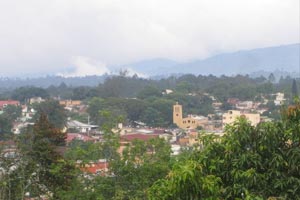
If you are up for a water-related thrilling adventure, then river-rafting should not be missed. The said activity provides adrenaline rush whether you would try the sport for the first time or you have been doing river-rafting for quite a long time. The famous area for river-rafting is the Yaque del Norte River. However, you must make a reservation a day before your desired date of river-rafting with the tour operators within the Jarabacoa. You may also request to have a reservation through the hotel where you are currently staying in. The excursions for river-rafting usually start in the early morning when the mountains and the rivers are still bathed with morning dew.
Santiago Travel Guide
Santiago is a province located in the interior of Dominican Republic. It is also known as the heart of the island. Santiago de Los Trenta Caballeros is recognized as the second biggest city in the Dominican Republic. The number of inhabitants in the province has already reached more than one million according to the island’s census conducted in 2002. Santiago is a very cultural, intellectual and educational region. The best makers of cigarettes, tobacco, rums and even textiles are based in this province. Aside from the said industries, there also other industries in Santiago that gives a great influence in its growing economy. It includes the manufacturing of leather goods, shoemaking, and furniture making industries. A cement factory also adds income to the ever-increasing economy of Santiago. Although the Dominican Republic is surrounded by different bodies of water, Santiago is protected from the hurricanes by the towering mountains ringed around the province. As a result, the slopes of the mountains develop lush thick tropical forests which are great spots for ecotourism in Santiago.
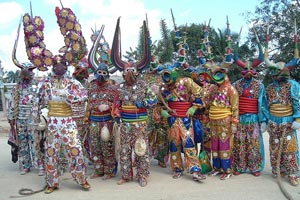 There are many places that tourists may visit during day time at Santiago. First on the list is the Parque Duarte. It is a park located in the downtown of Santiago. This is where you could see the monument built in commemoration for the so-called Heroes of the Restoration. A leader named Trujillo had the sixty-seven meter built in his honor. However, after Trujillo’s death, people decided to rename the monument in honor of those who died during the War of Restoration. There are stairs at the monument which from the top may give you a panoramic view of the whole province. A pavilion with a Victorian-style is also located here in Parque Duarte. If you are tired of walking but still want to see the rest of the city then, ride the horse-drawn carriages driven by the locals of Santiago parked along the sides of the park.
There are many places that tourists may visit during day time at Santiago. First on the list is the Parque Duarte. It is a park located in the downtown of Santiago. This is where you could see the monument built in commemoration for the so-called Heroes of the Restoration. A leader named Trujillo had the sixty-seven meter built in his honor. However, after Trujillo’s death, people decided to rename the monument in honor of those who died during the War of Restoration. There are stairs at the monument which from the top may give you a panoramic view of the whole province. A pavilion with a Victorian-style is also located here in Parque Duarte. If you are tired of walking but still want to see the rest of the city then, ride the horse-drawn carriages driven by the locals of Santiago parked along the sides of the park.
Another tourist site in Santiago is the Neo-Classical Christian architecture called the Church of Santiago Apostol. It was built in the 19th century and the amazing stained glass windows are well-preserved until now. The tombs of some Restoration heroes and the tomb of Ulysses Heureaux are located inside the church.
The best time to visit Santiago is during the month of February where the Carnival event takes place. During this celebration, the streets of Santiago are filled with loud music, colorful parades, and locals wearing carnival masks. Some of the most beautifully created carnival masks are placed in the Tomas Morel Museum of Folkloric Art along with the rest of the mask collection. Tourists may also visit the Santiago Museum and the Tobacco Museum. Several huge companies, such as E Leon Jimenez Tobacco Company and Bermudez Rum Factory, offer tours inside their establishment so that people, especially tourists will get acquainted with their industry. The E Leon Jimenez Tobacco Company has an affiliated cultural center also located in Santiago. It has weekly performances and cultural exhibits rivaling the other local museums in the province of Santiago.
National Parks in Dominican Republic
For the adventure and nature lover tourist, Dominican Republic’s National Parks are a must-see. The country boasts of around twelve national parks, each as distinctive and different as its name. Listed below are some of the country’s national parks and their attractions.
Parque Nacional Jaragua
Found at the southern tip of the Pedernales Peninsula, the park spans 1,374 kilometers and is home to the largest population of flamingos in the country. The park also houses the countries finest beaches including the Bahia de las Aguilas as well as caves containing Taino drawings and rock carvings.
There are also a large number of wildlife species found in the park including egrets, green-tailed warblers, leatherback turtles and many others.
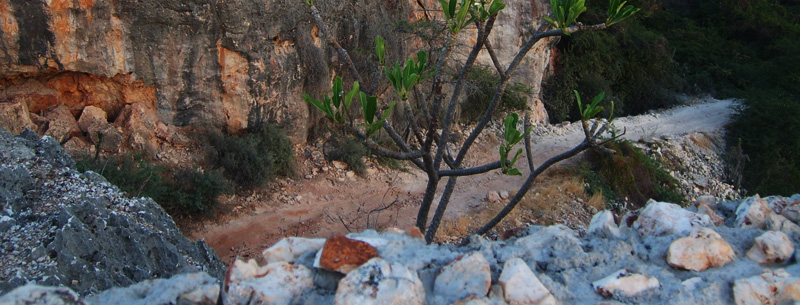
Parque Nacional del Este
An unpopulated area located at the western side of the peninsula, this park spans 430 square kilometers and includes the island of Saona. The main section of the park is made up of limestone formed a million years ago. The topography is dry and flat with a hot climate due to its lack of rivers or streams. The key attraction in the mainland is the cave by the western side which contains pre-Columbian drawings and rock carvings. The western coastline is also famous for its diverse coral formations and excellent dive sites. There are saltwater lagoons and mangrove swamps in the southern part of the park where herons, pelicans, and other bird species can be found.
Part of this park is Isla Saona, a 25km long and 5km wide island that has two small settlements – Punta Gorda and Mano Juan. The beaches along these settlements are white and the waters, very blue. The public can also visit the Laguna de Los Flamencos and Laguna Canto de la Playa and the caves of Cutabanama.
Parque Nacional El Choco
The most accessible area along the north coast, El Choco covers an area of 77.5 kilometers and houses two lagoons, the Laguna Cabarete and Laguna Goleta. These lagoons stretch 8 kilometers between the Cordillera Septentrional and the Atlantic Ocean. The park’s focal tourist attraction is its caves and unfathomable water structures and underground pools as big as soccer fields. Some of these pools have been converted into tourist attractions while a number have remained hidden and untouched.

Parque Nacional Isla Cabritos
This national park takes its name from the island of Cabritos, which lies in the middle of the country’s largest lake, Lago Enriquillo.
People visit the park mainly to see one of the biggest American crocodile populations in the world. Best viewed early in the morning or late in the afternoon when the crocodiles leave the water to bask in the warm sun. They escape the noon heat by withdrawing to the deeper sections of the lake. Crocodiles are not the only wildlife found in this park. Tourists can also be treated to sightings of ricord iguanas, rhinoceros iguanas, flamingos, herons, and the Hispaniolan parrot.

Parque Nacional Monte Cristi
This park covers an area of 550 square kilometers, from the borders of Haiti to Punta Rucia. Within the park lie mangrove swamps, lagoons and a 237-meter limestone mesa called El Morro. There are many different species of plants and flowers in the park such as the Sabia Montecristi which is prevalent in El Morro.
